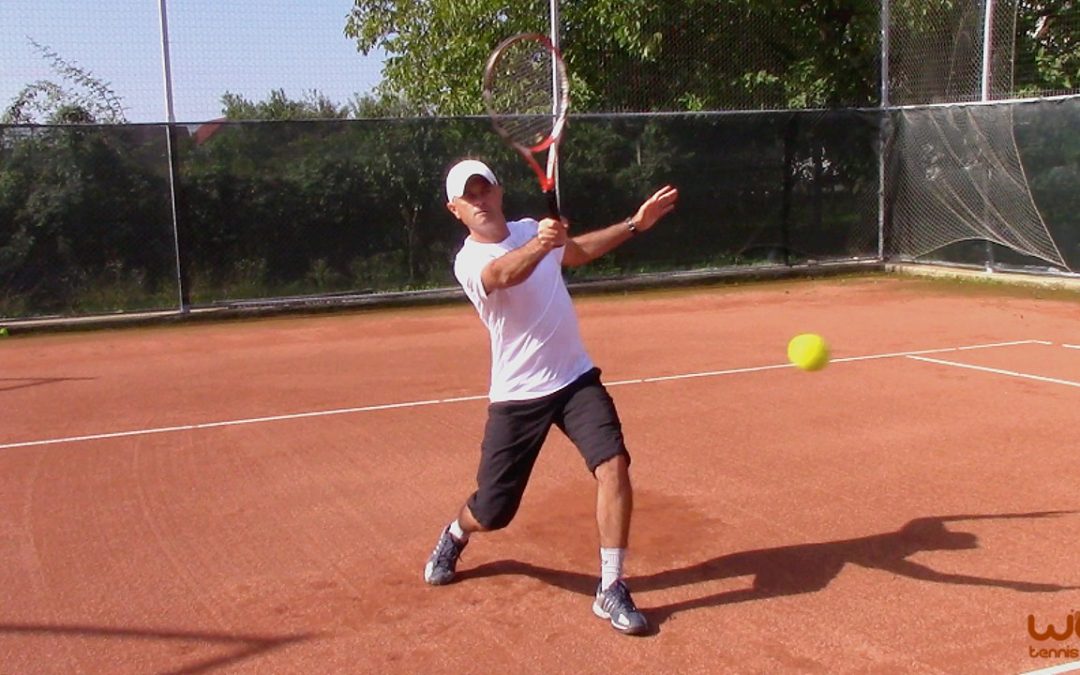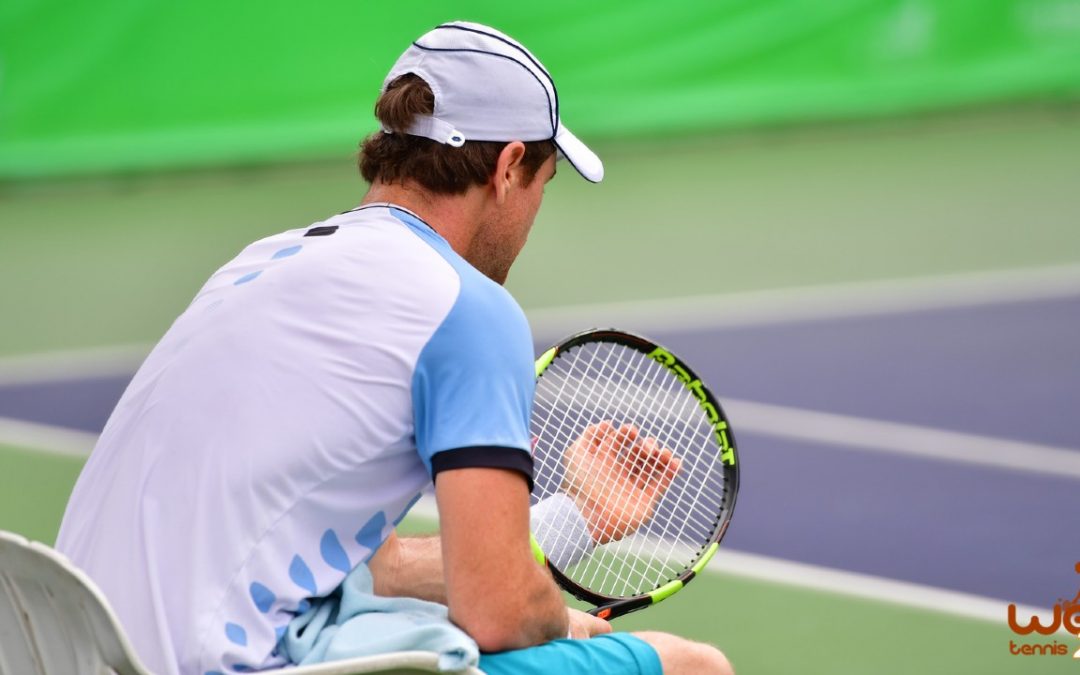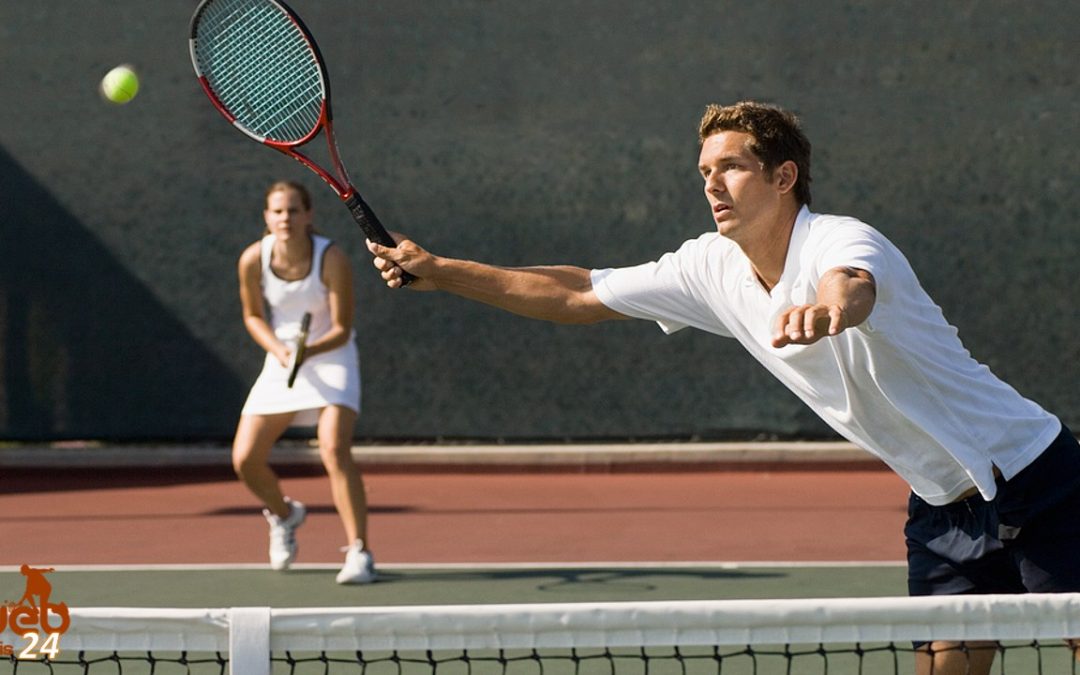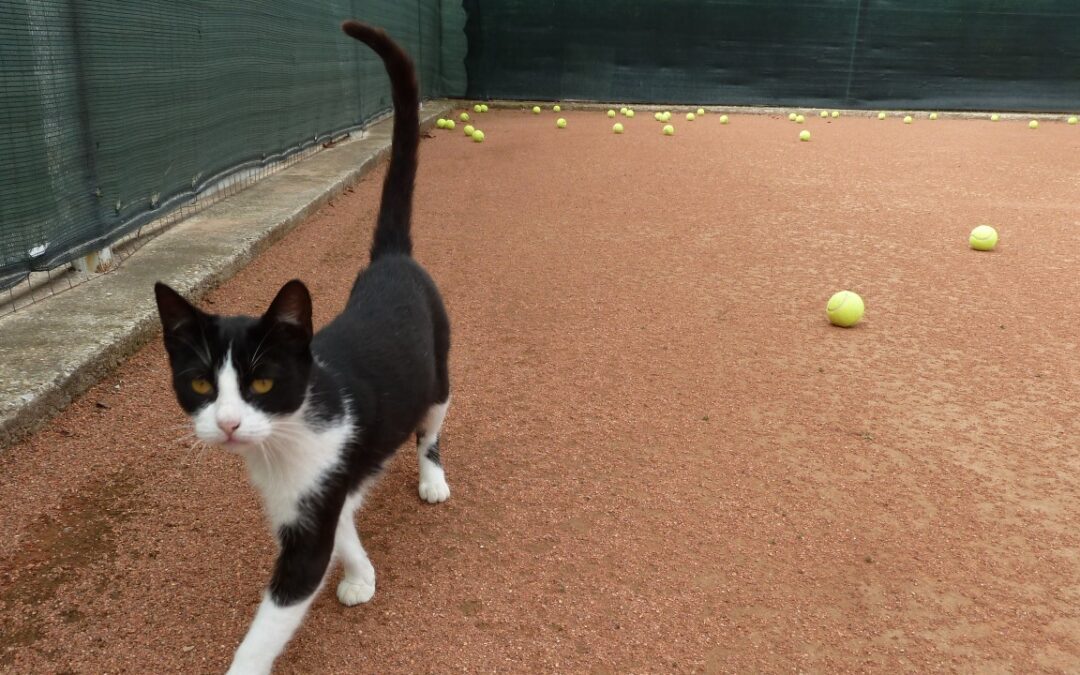
How to FINISH the Point Behind a SHORT BALL
Do you struggle to put the ball away after you set yourself up for a short ball?
Let’s say that you stretch your opponent with an aggressive serve or groundstroke and their reply is a blocked shot that lands inside your service court – It’s a sitter, a ball waiting for you to step into and hit it aggressively, to finish the point with, or produce another weak reply from your opponent.
But you don’t have the understanding or the technique to execute a short ball put-away…
Not to worry anymore!
Below, you will find a video showing you how to execute a short ball put-away shot and three drills that you can apply if you have a tennis partner willing to help you practice it – it’s only 9 minutes long! 🙂
This video is taken from one of the tennis lessons, part of the My Daddy / My Coach series that I had with my two daughters, ages 9 and 8 years old:

Cosmin Miholca
Certified Tennis Coach
Check out my work at WebTennis24 where I share with you my best video tennis lessons, drills and tips for players, coaches and tennis parents.






